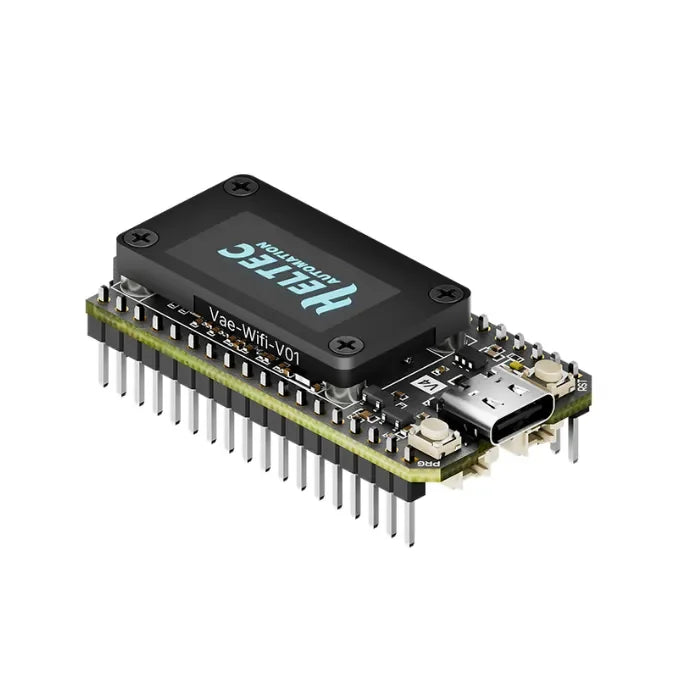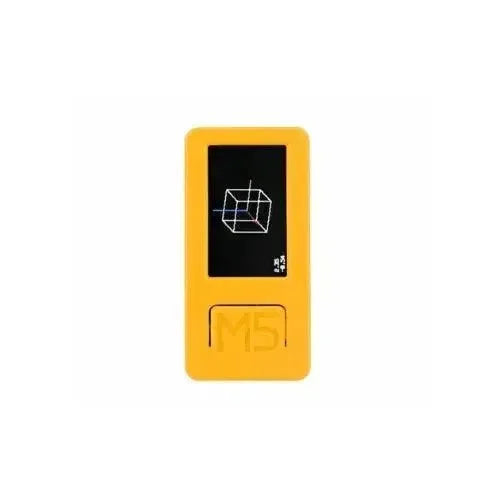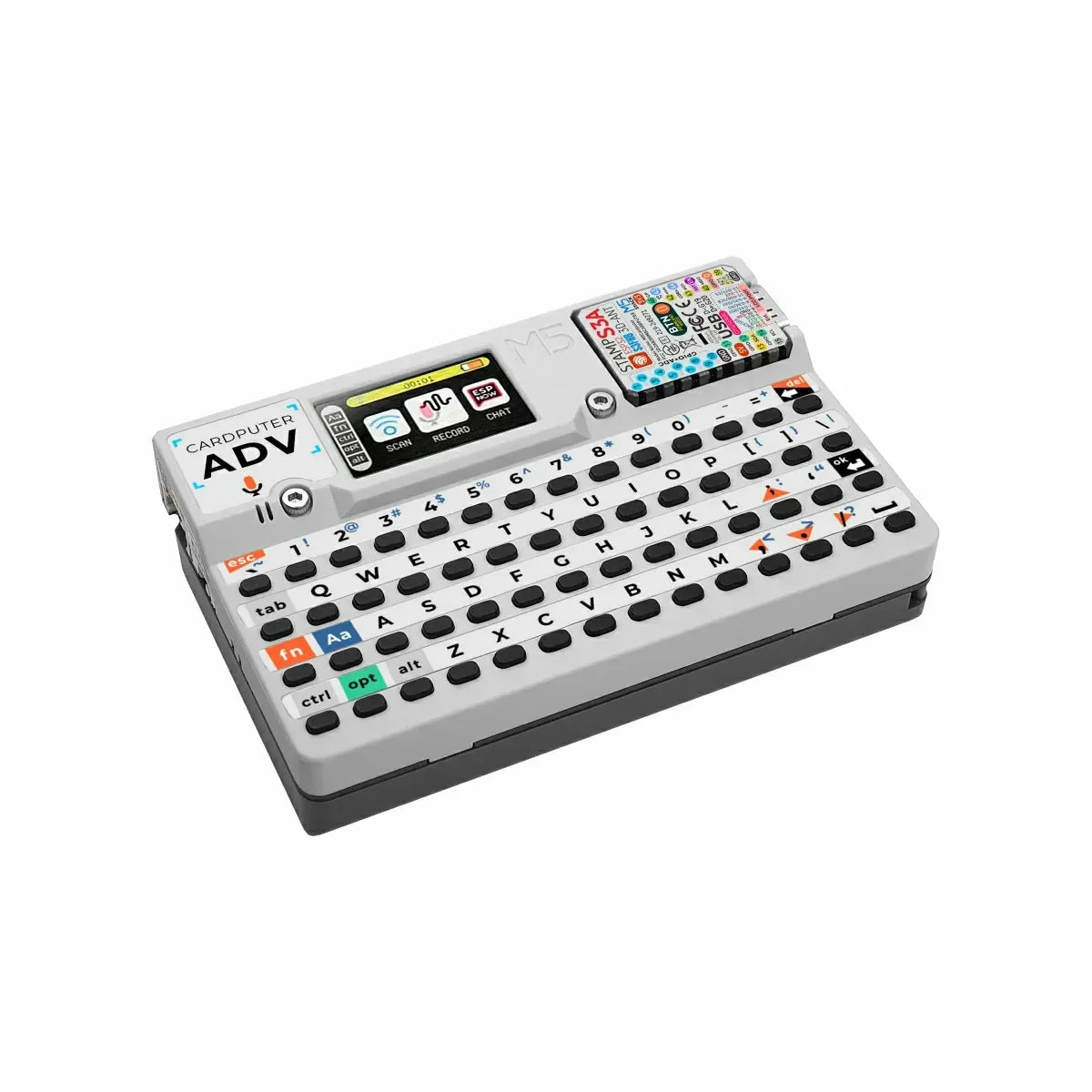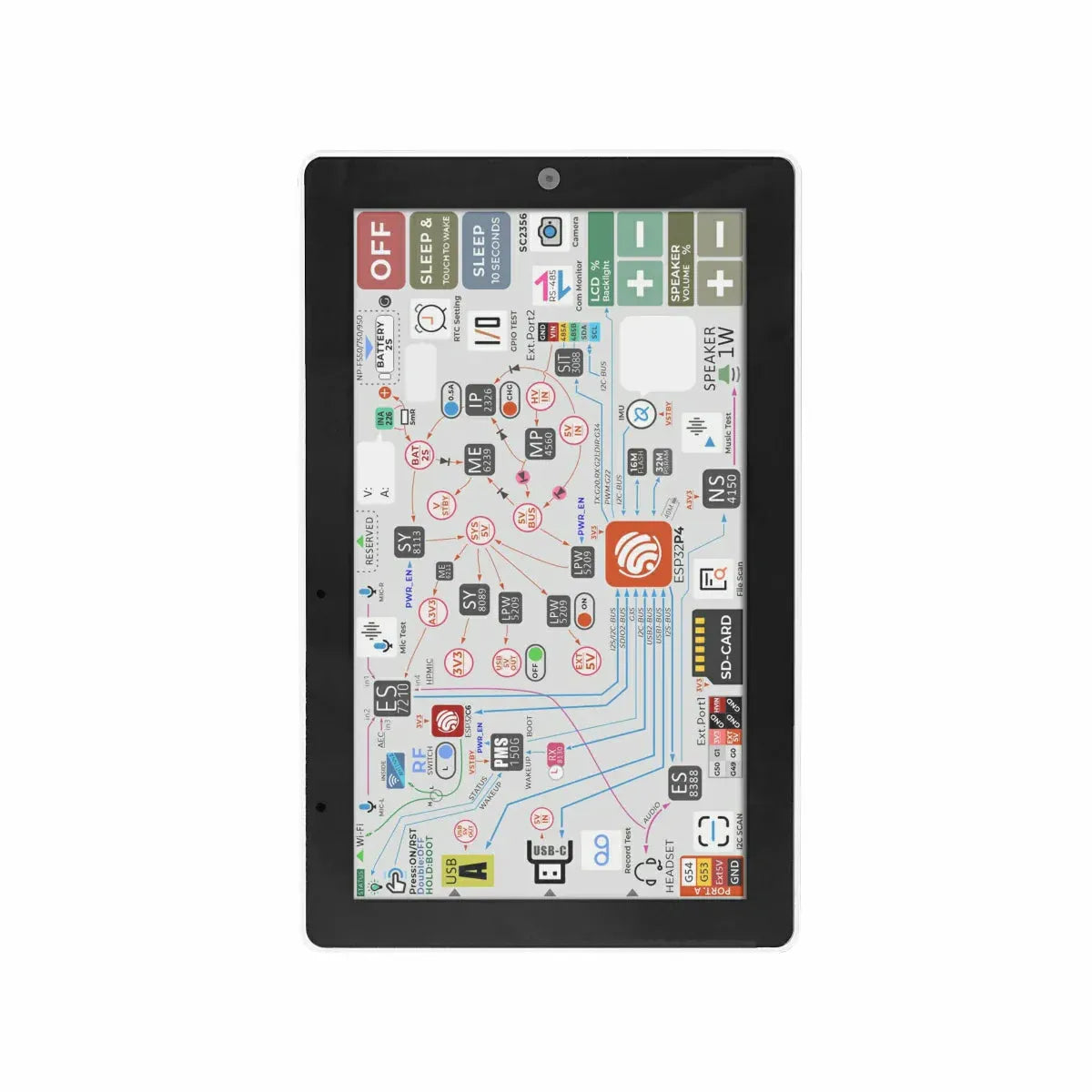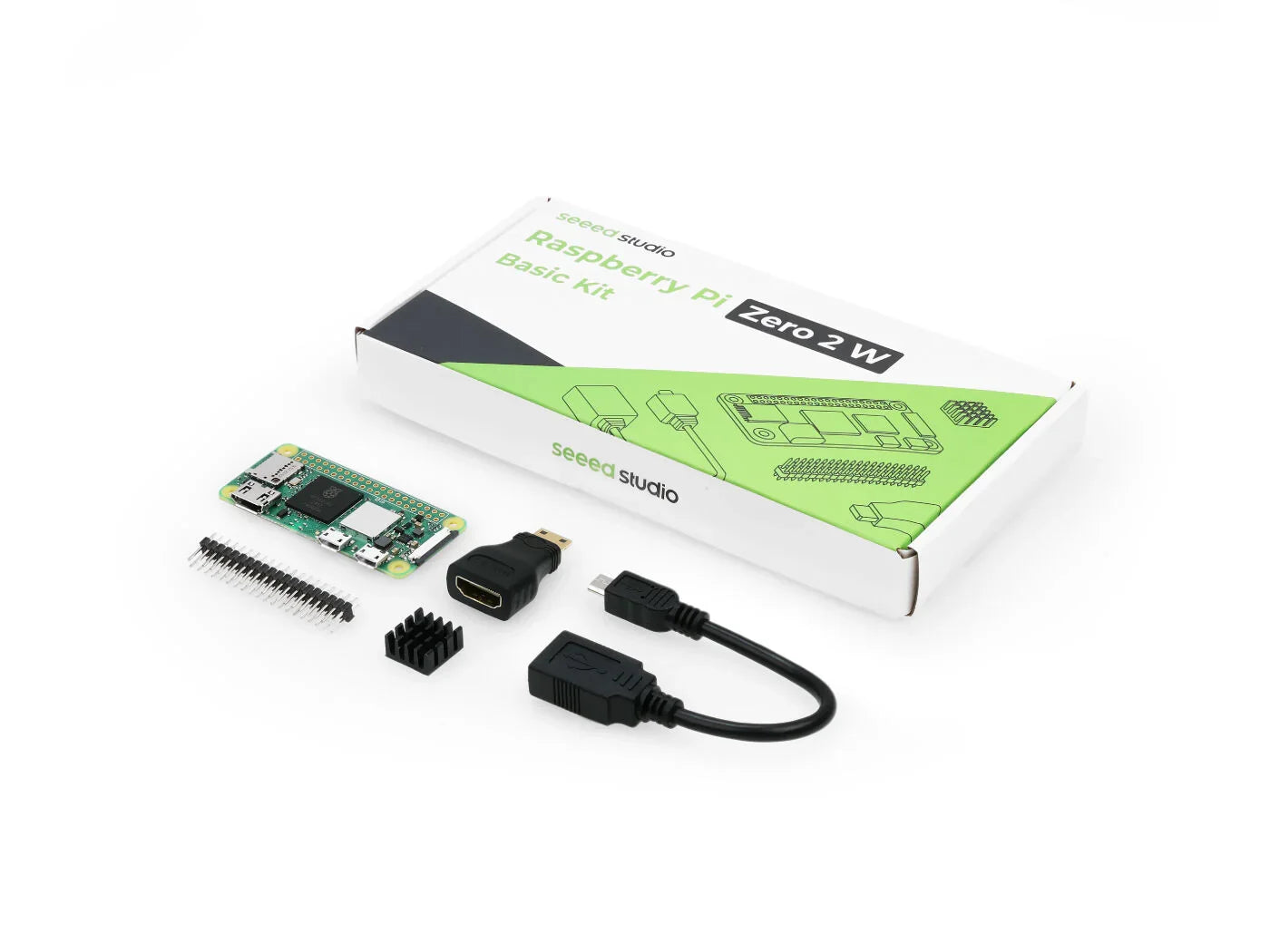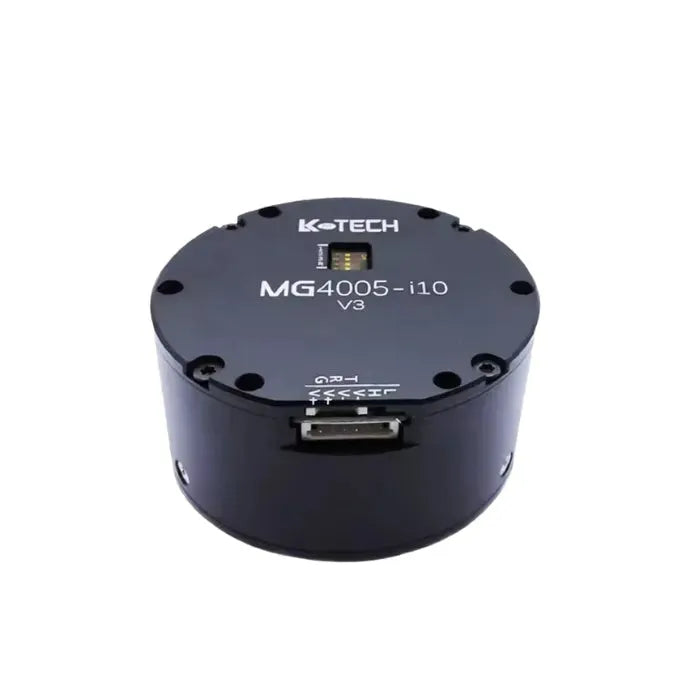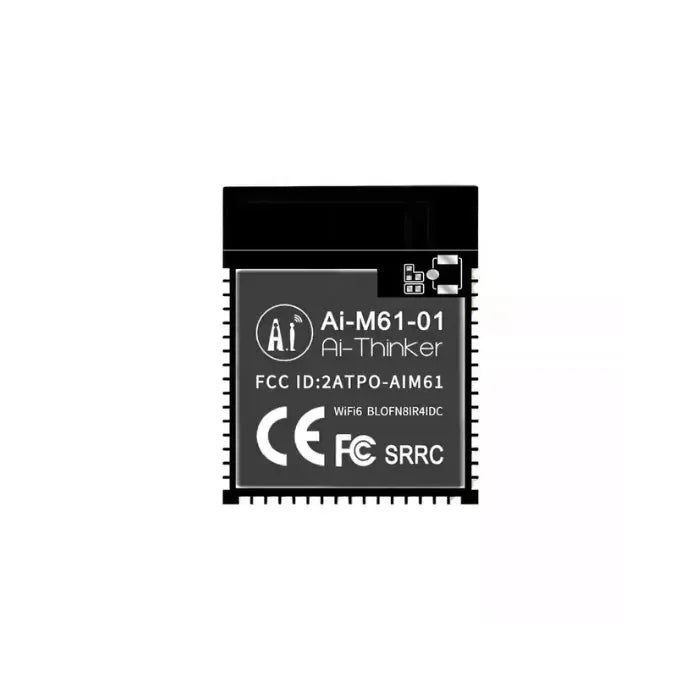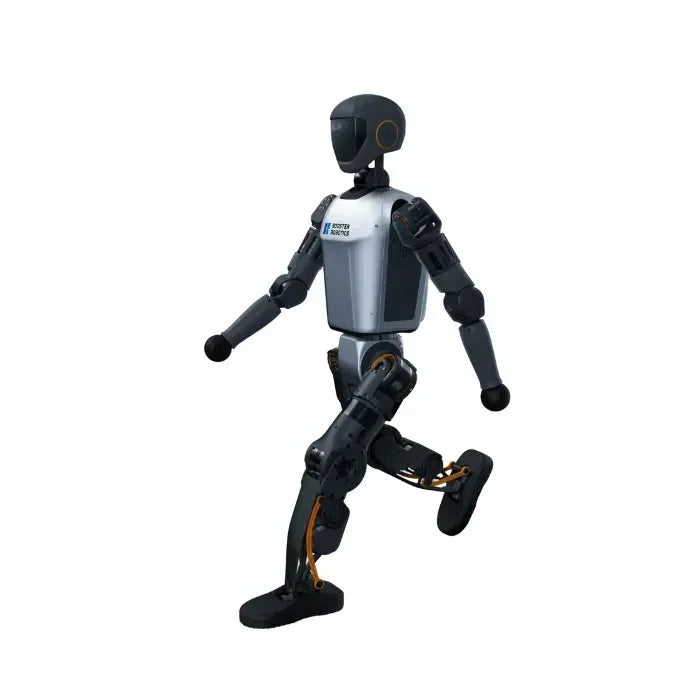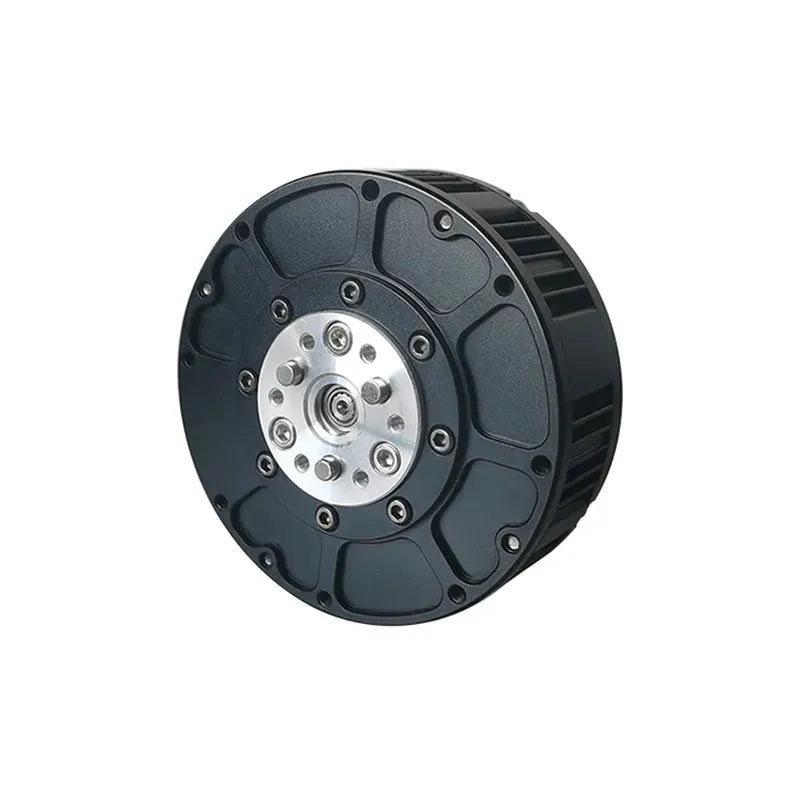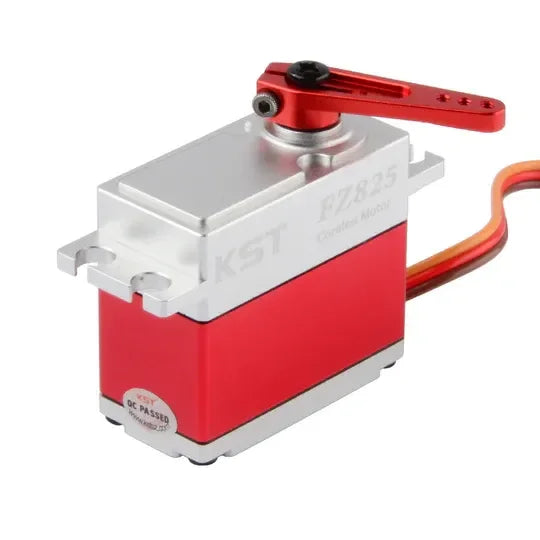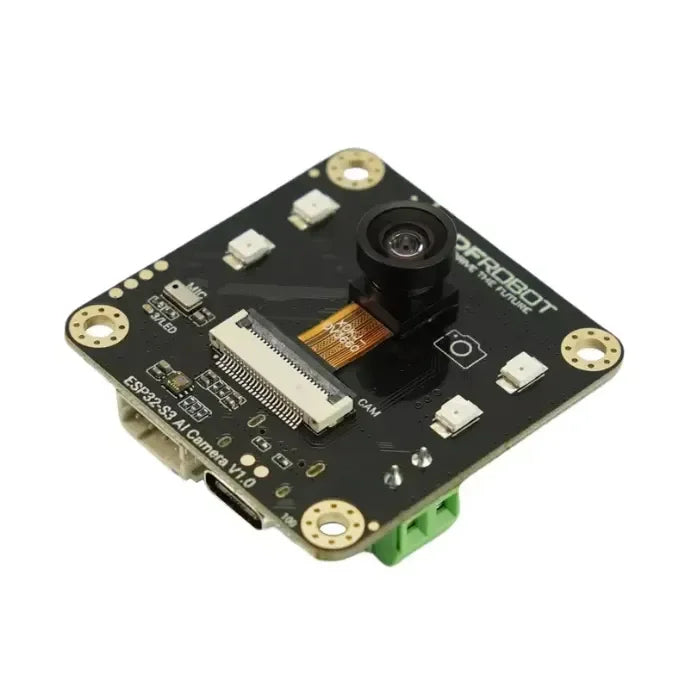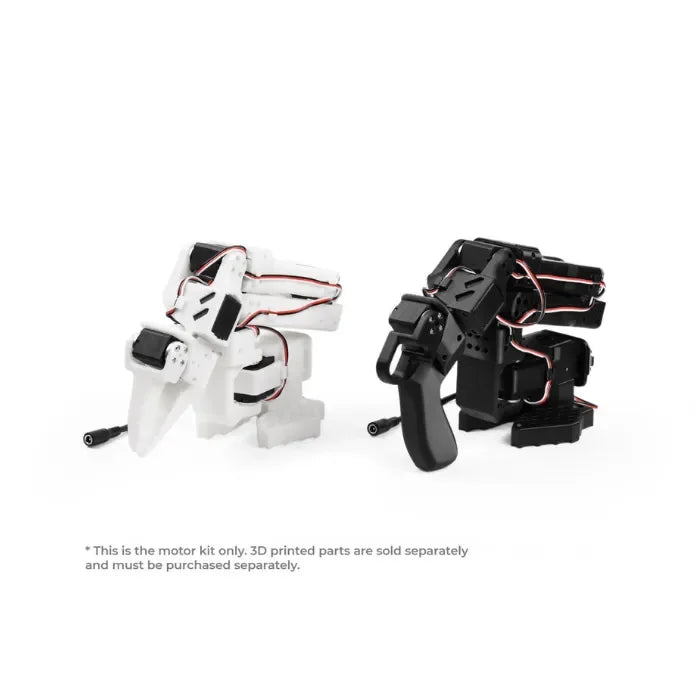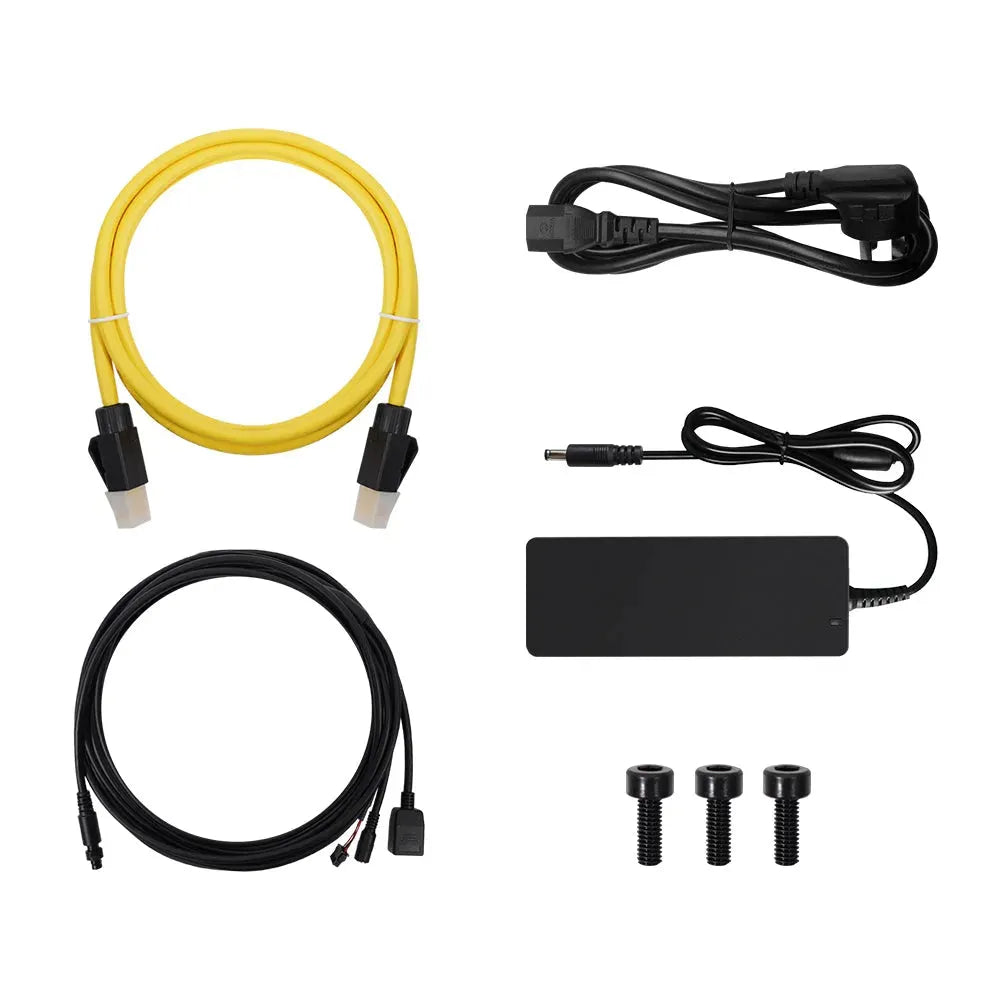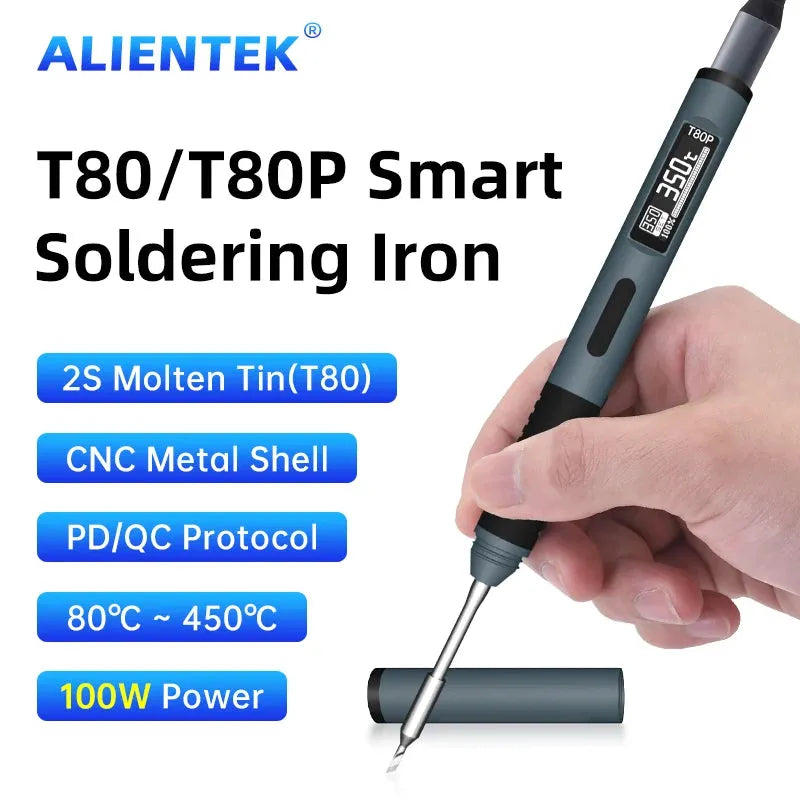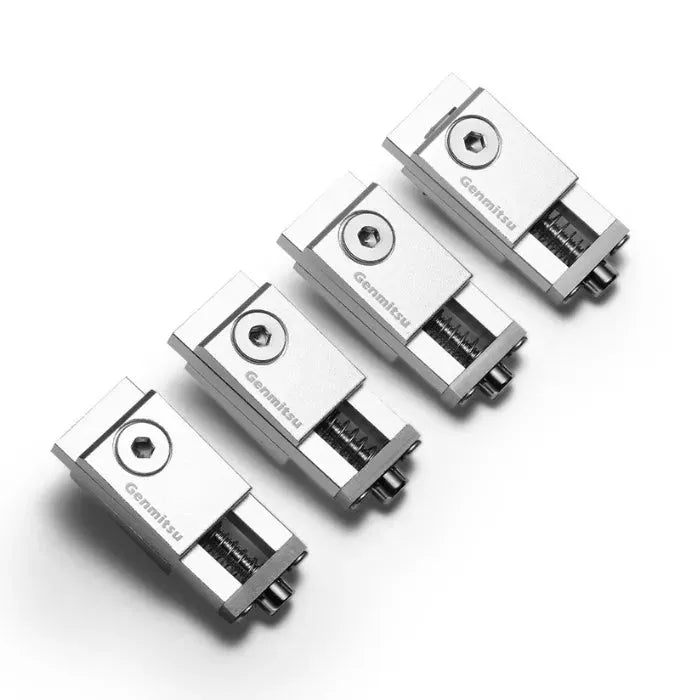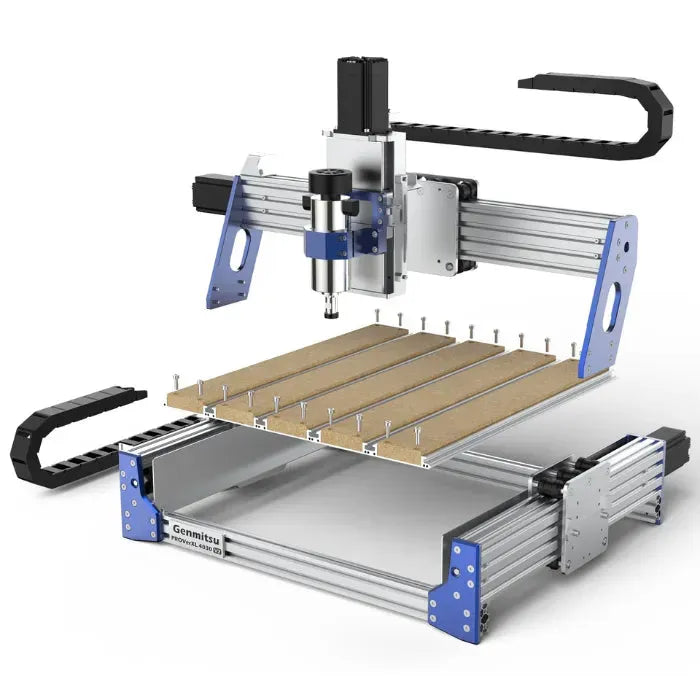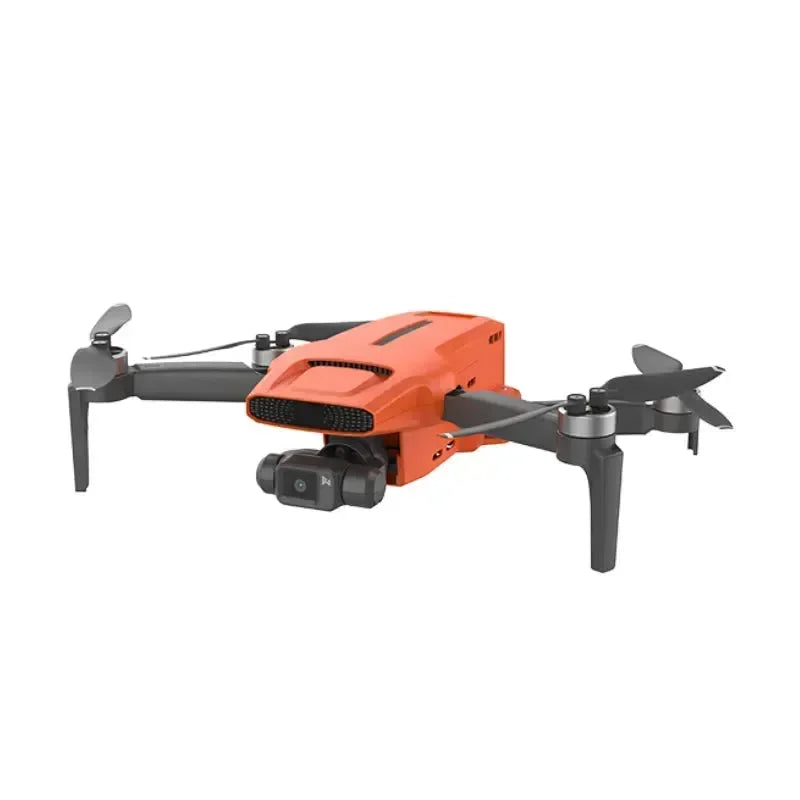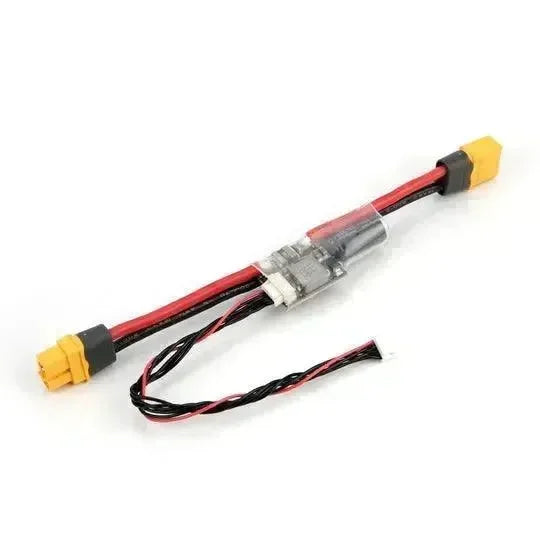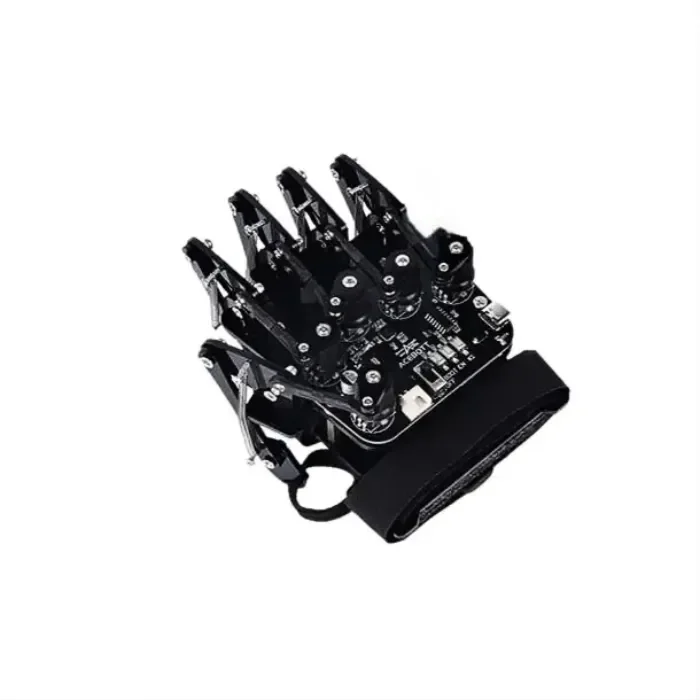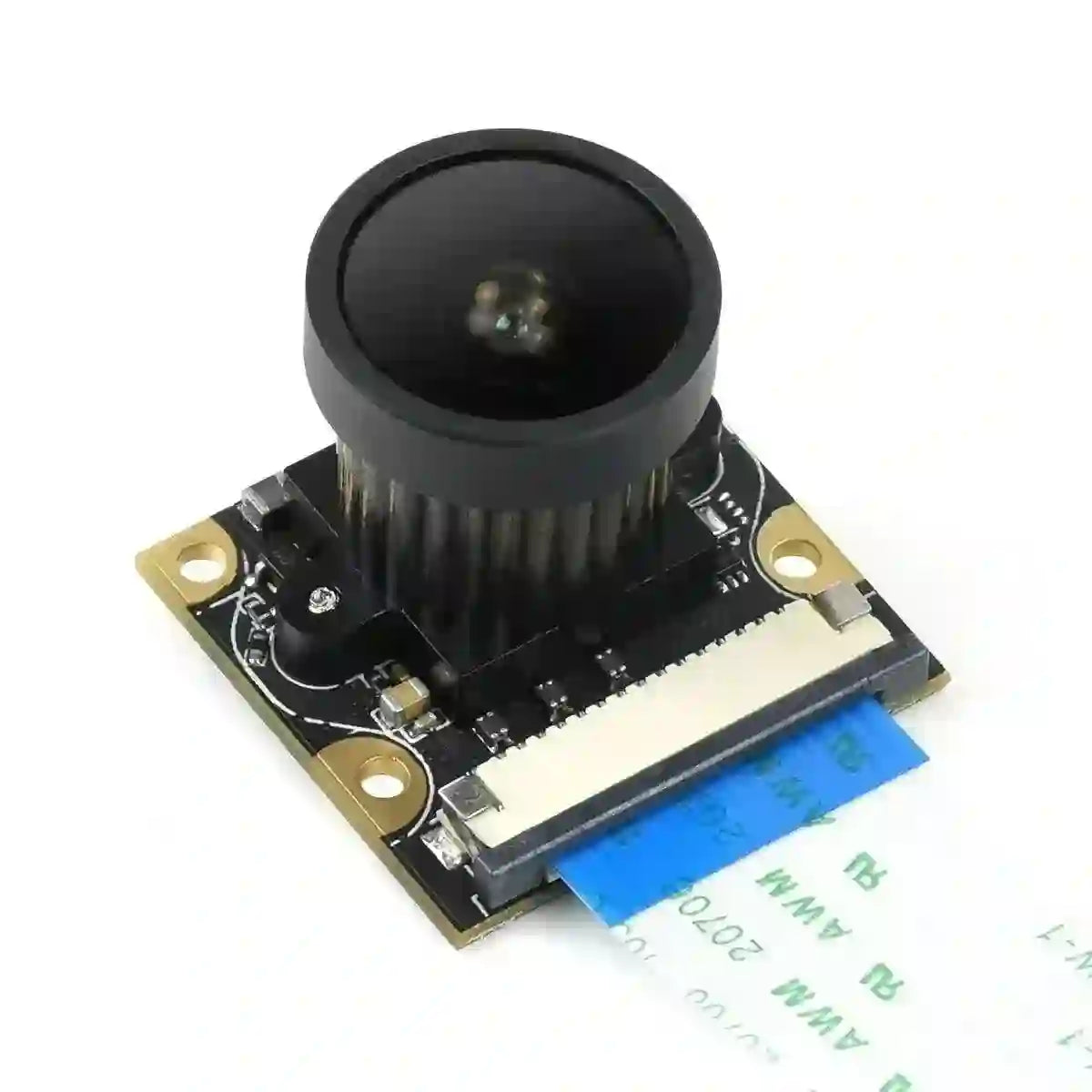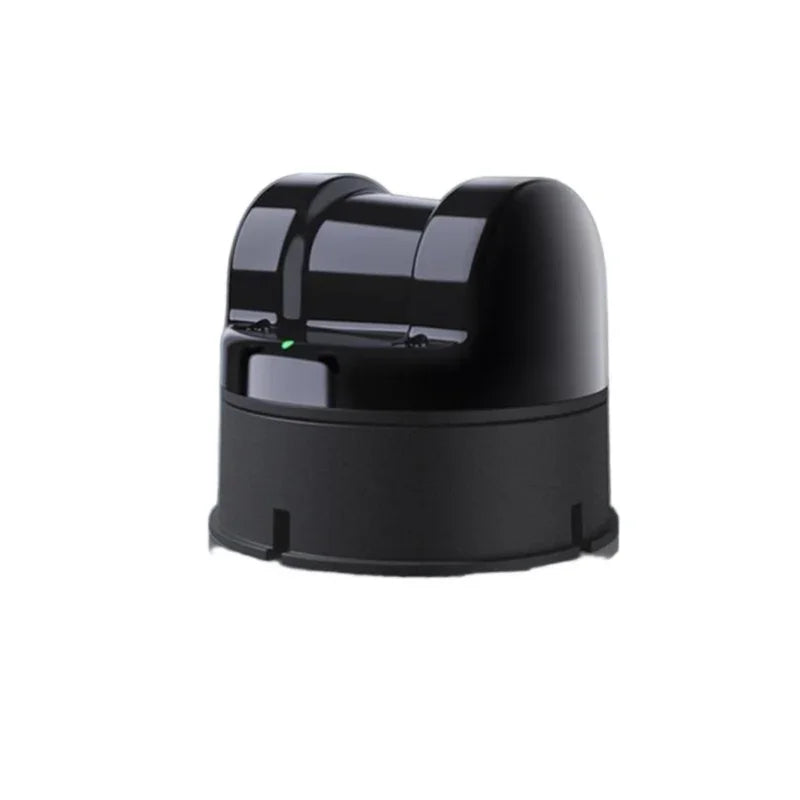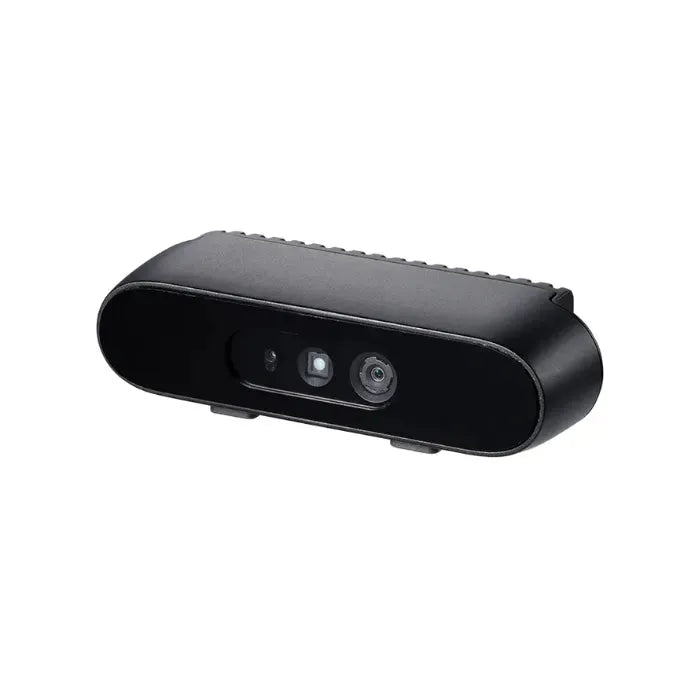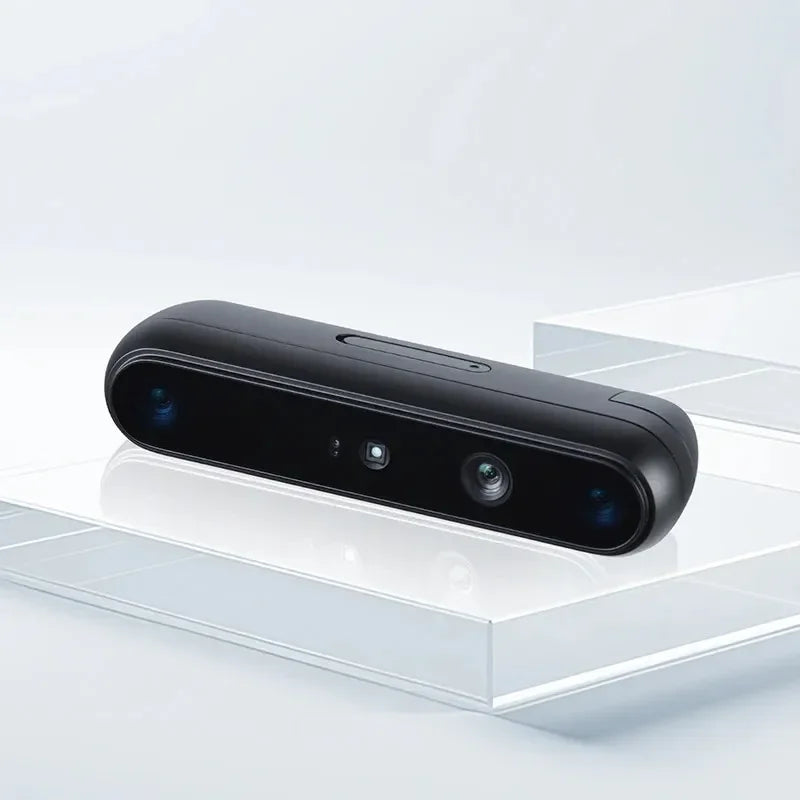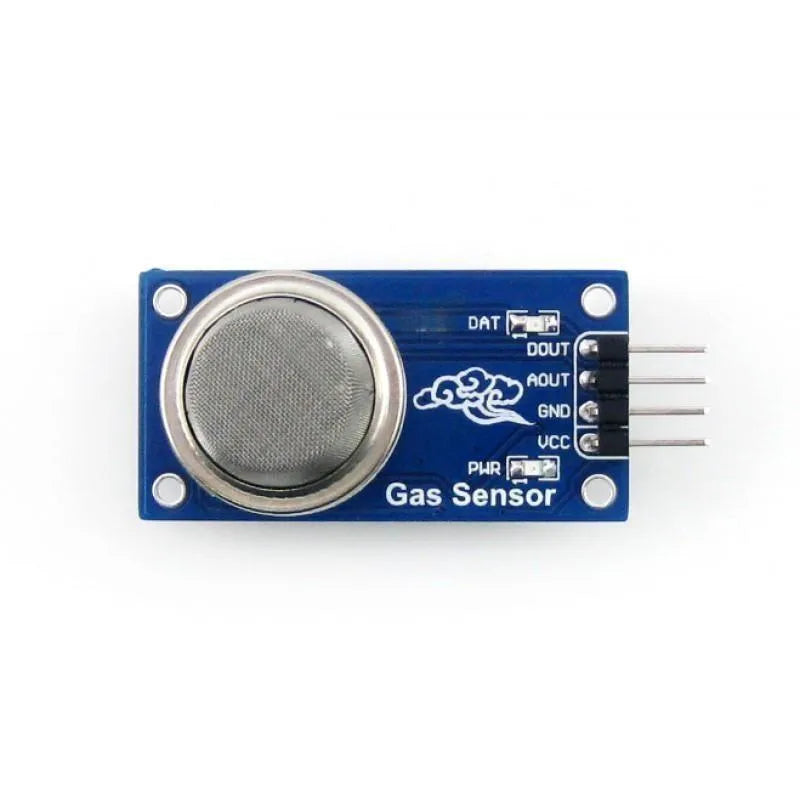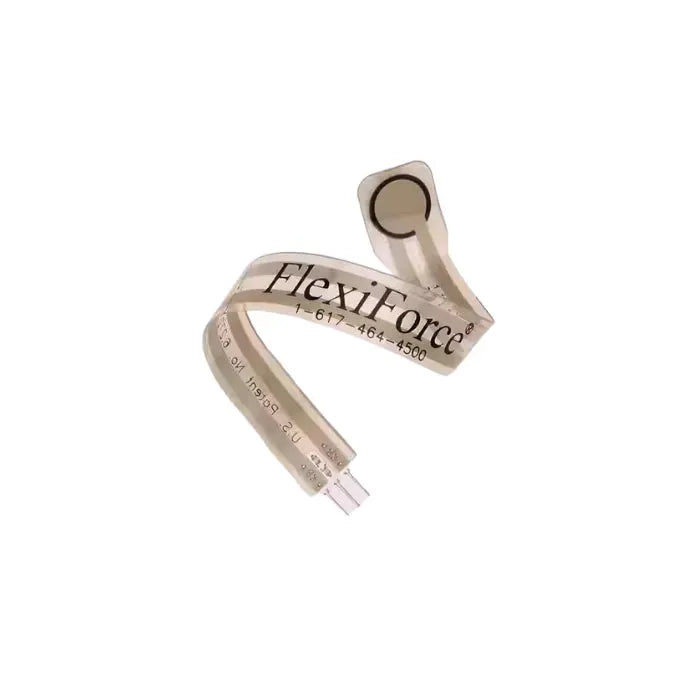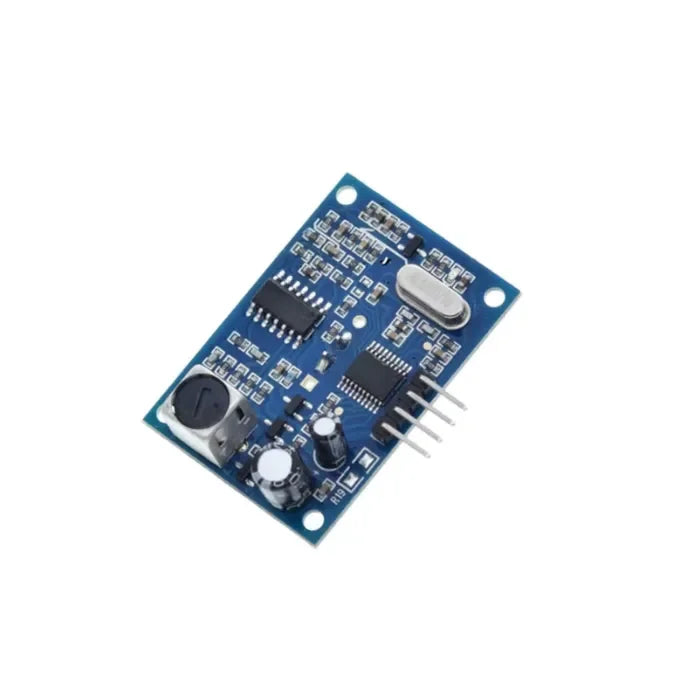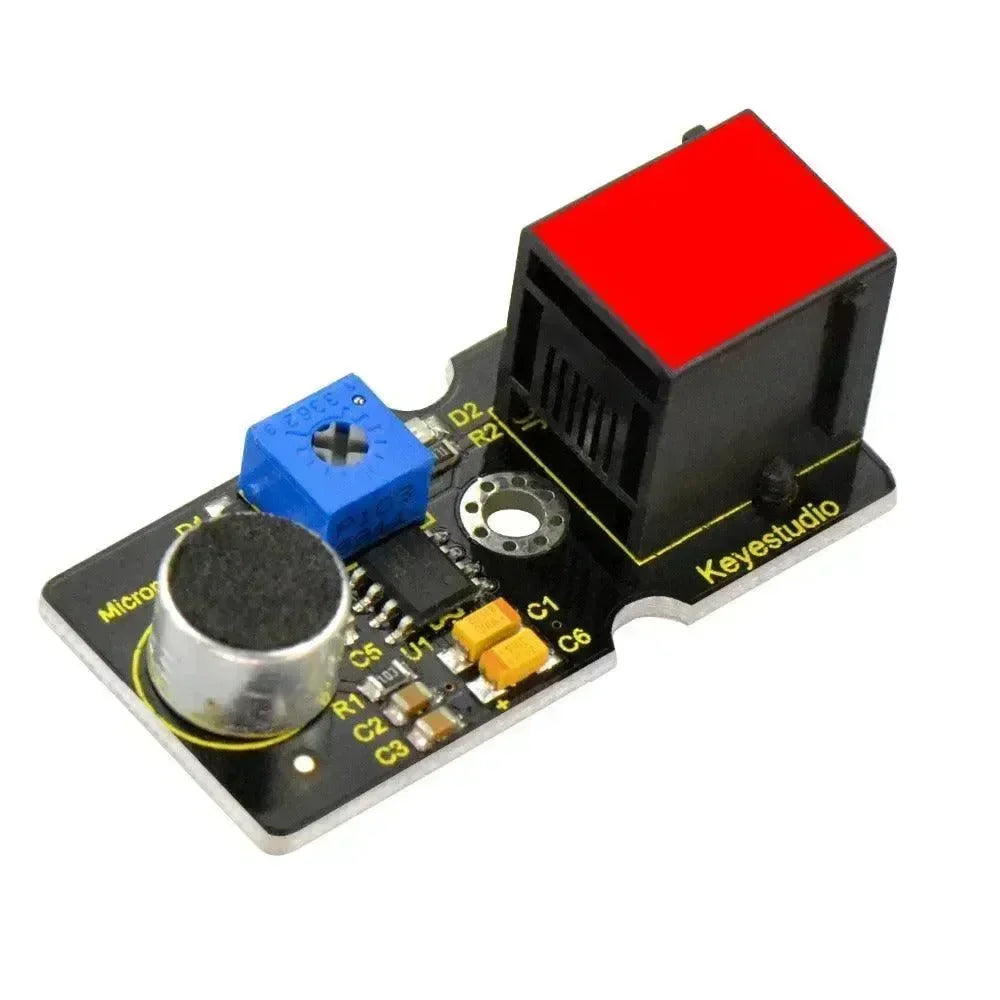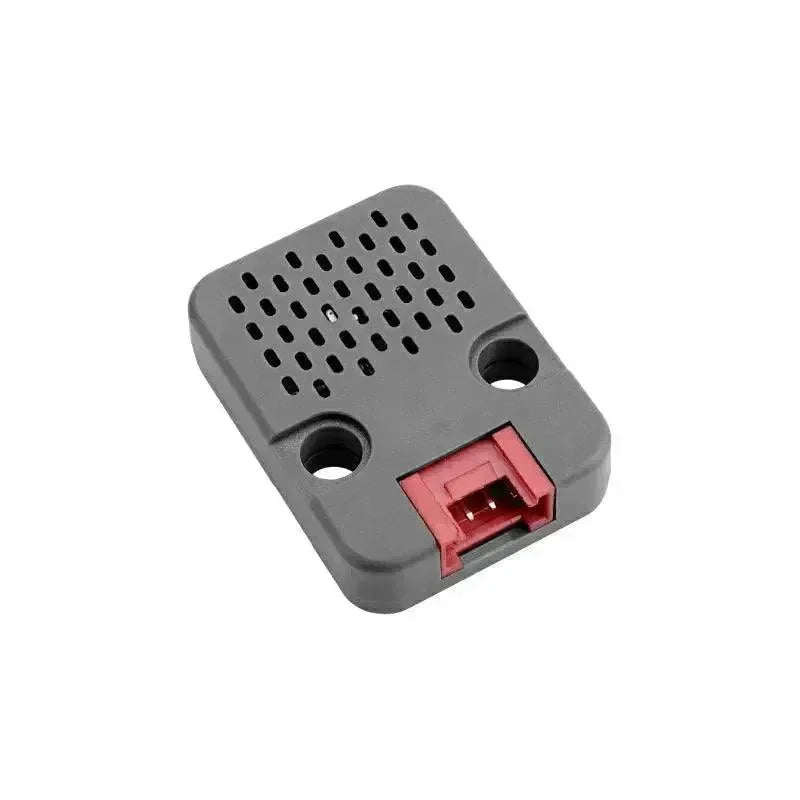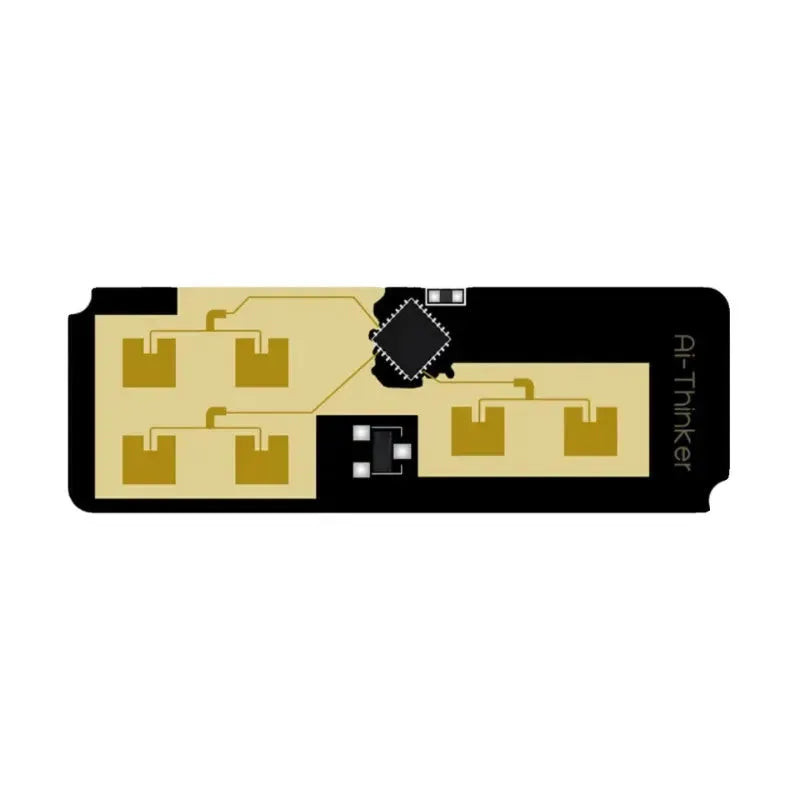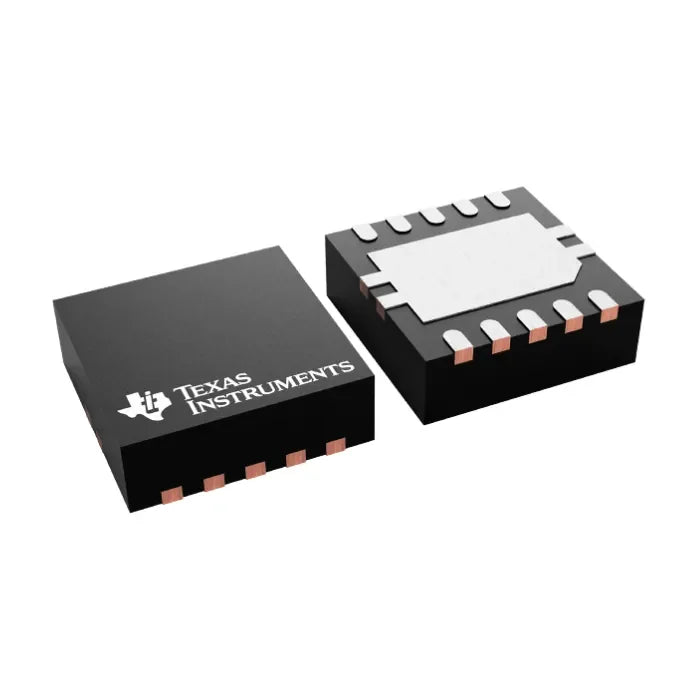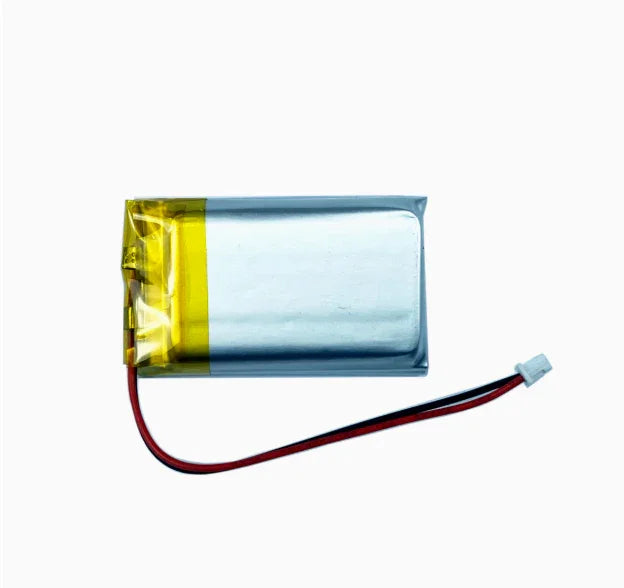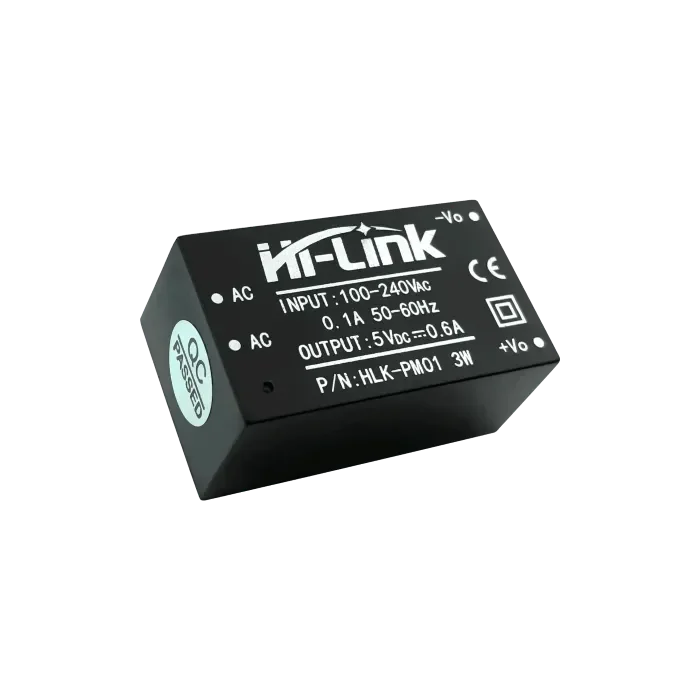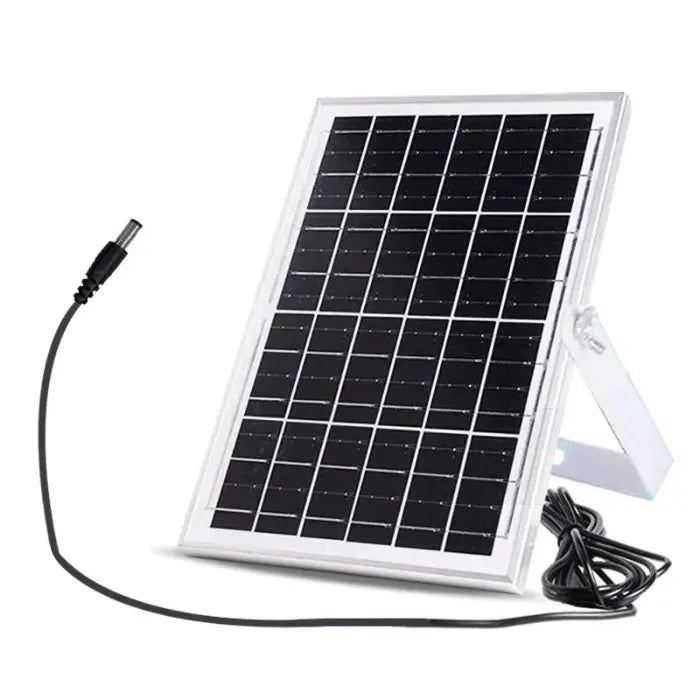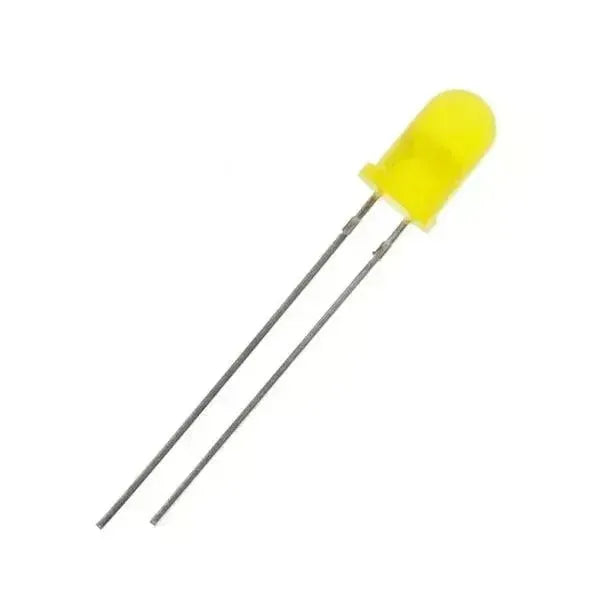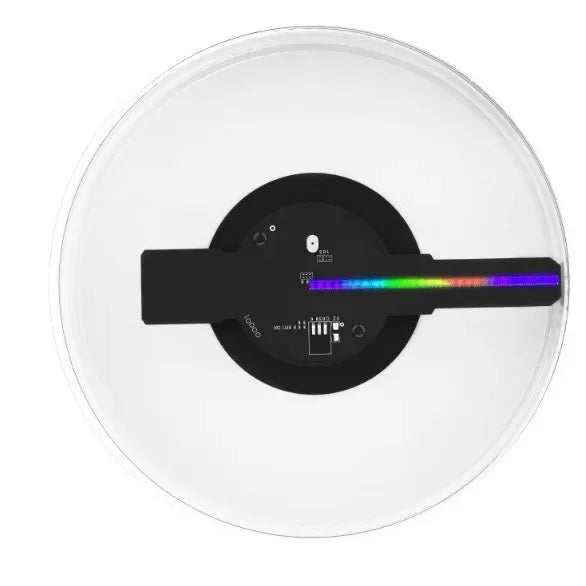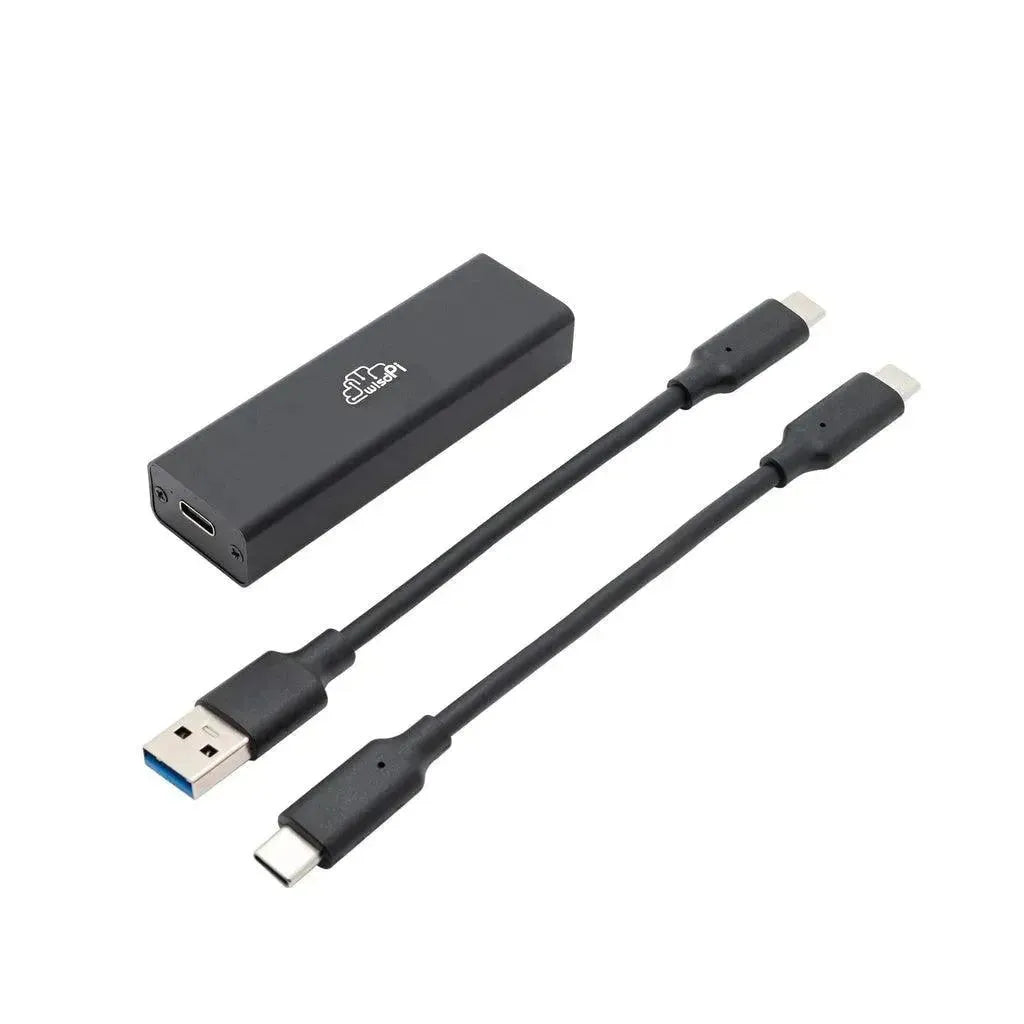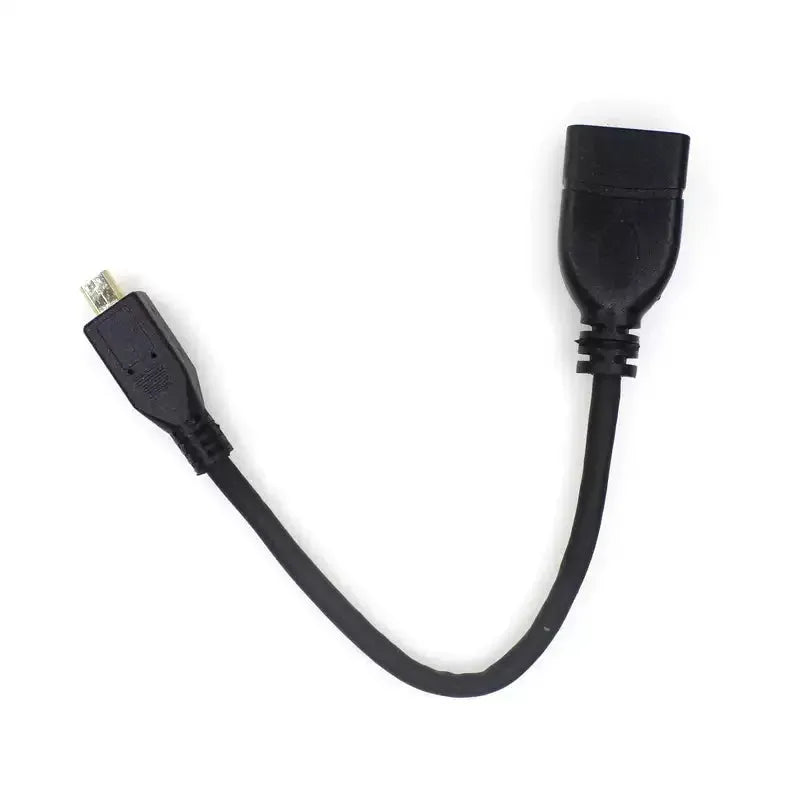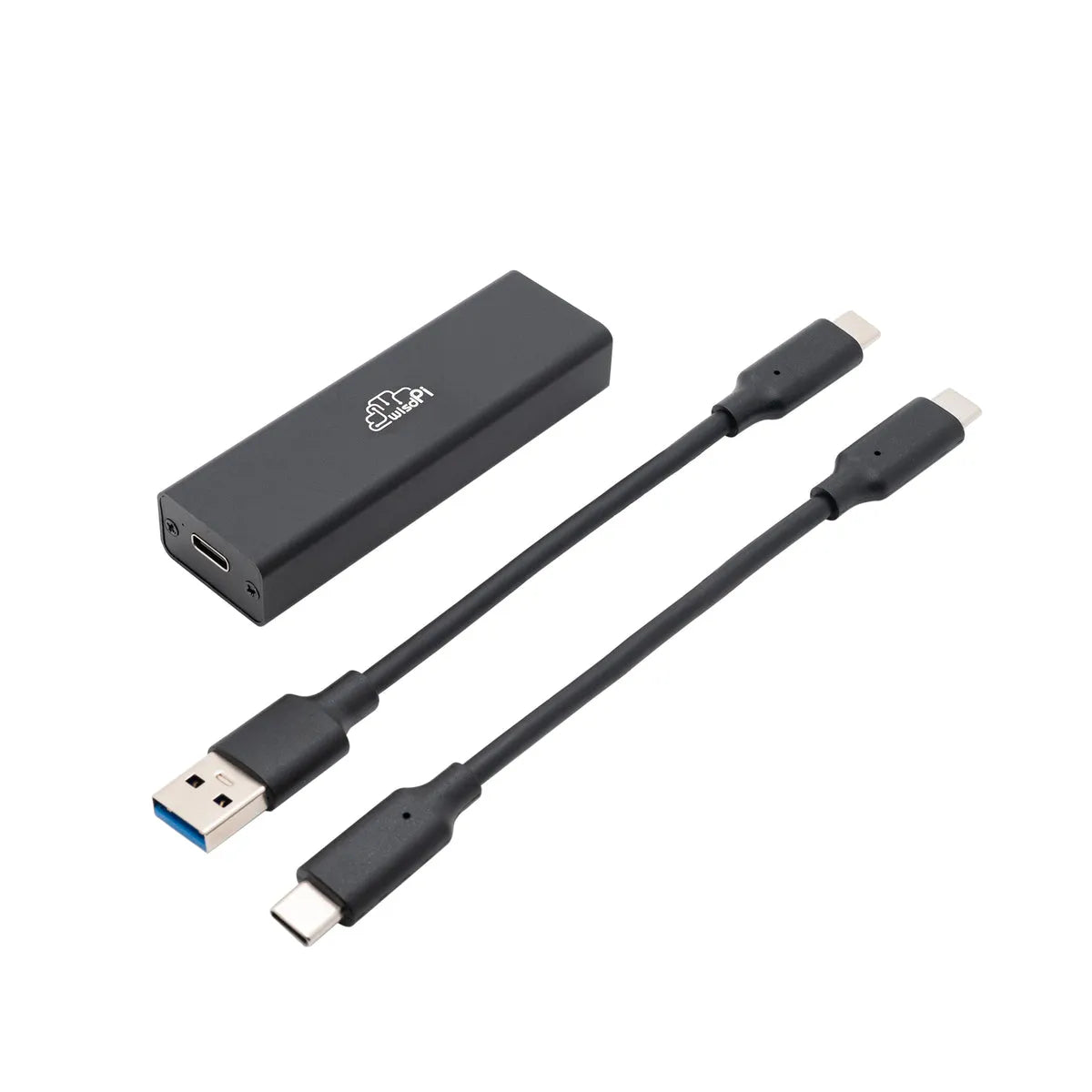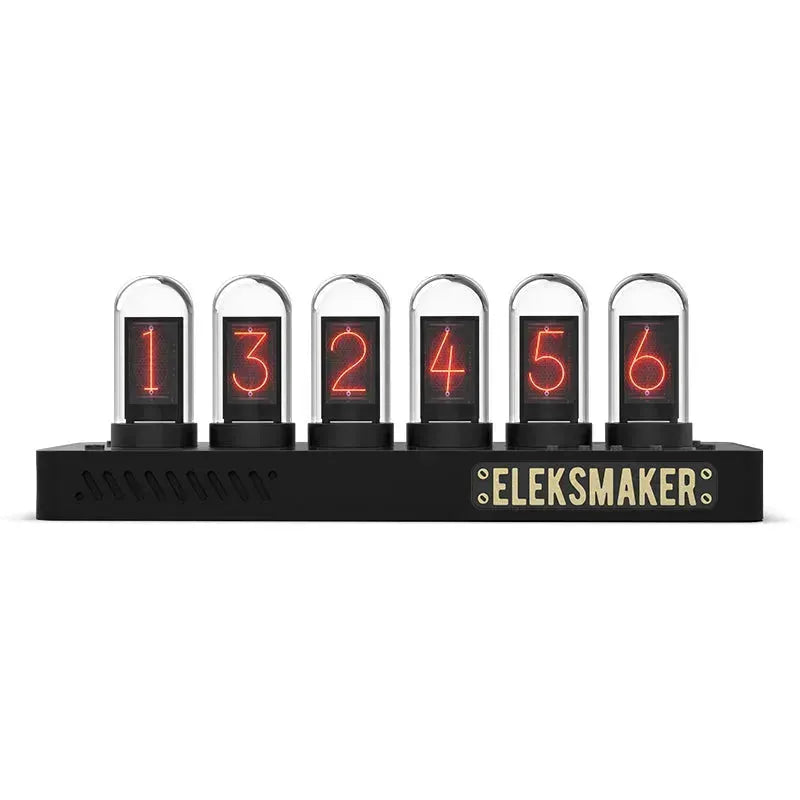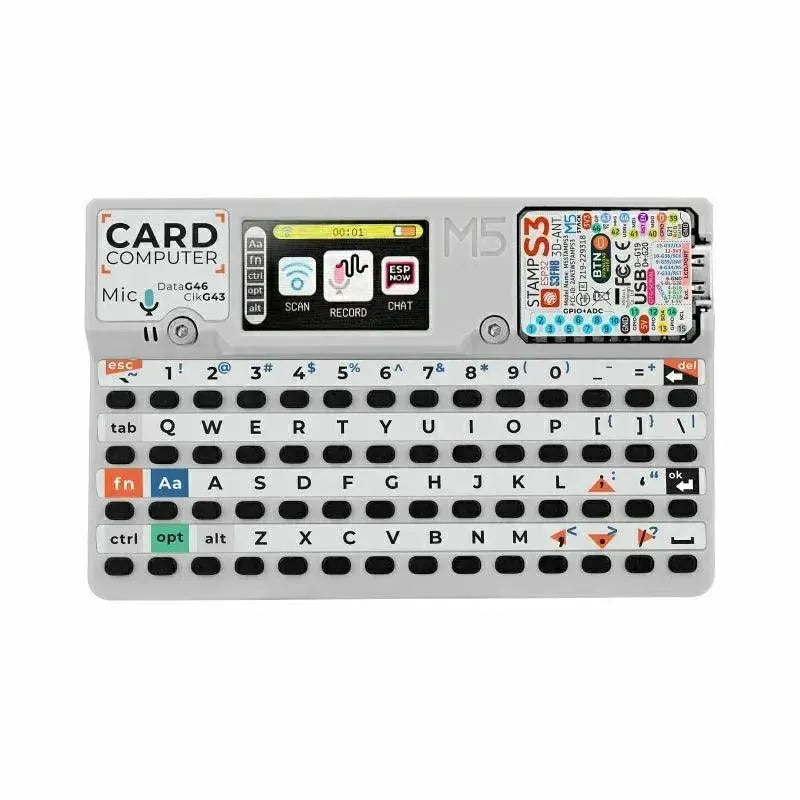The M5Stack Cardputer series is a compact and powerful solution for embedded development. The original M5Stack Cardputer and the upgraded M5Stack Cardputer V1.1 share many features, but there are several key differences that set them apart.
Main Controller
The main controller is the core of any embedded system, and the M5Stack Cardputer series is no exception.
-
M5Stack Cardputer: The original version is equipped with the StampS3 main controller.
-
M5Stack Cardputer V1.1: This upgraded version features the new StampS3A main controller, providing improved processing power and system stability.
Antenna Design
Antenna design plays a crucial role in wireless communication performance.
-
M5Stack Cardputer: Uses a conventional antenna design.
-
M5Stack Cardputer V1.1: The antenna design has been optimized for better signal strength and performance.
Specifications
The keys on the device are essential for user interaction and control.
-
M5Stack Cardputer: Features keys sized at 2.6 x 1.6 x 0.55mm.
-
M5Stack Cardputer V1.1: The keys have been optimized for a better tactile experience and are larger at 4.0 x 3.0 x 2.0mm.
Power Consumption
Lower power consumption is always beneficial for prolonged usage and energy efficiency.
-
M5Stack Cardputer: Has a conventional power consumption design.
-
M5Stack Cardputer V1.1: Power consumption has been optimized for lower usage.
Additional Features
Both versions come with a range of features, but the V1.1 includes several enhancements.
-
M5Stack Cardputer: Includes a 56-key keyboard, 1.14-inch TFT screen, cavity speaker, SPM1423 digital MEMS microphone, and infrared emitter.
-
M5Stack Cardputer V1.1: In addition to the features of the original version, it also includes a built-in Grove interface for custom sensor expansion, a Micro SD card slot for storage expansion, and a power system with an internal 120mAh battery alongside a 1400mAh battery in the base. The base is also equipped with magnets for metal adhesion and is compatible with LEGO stud expansion.
Applications
Both versions are suitable for a wide range of applications, including rapid functional verification, industrial control, home control systems, data acquisition and sensor monitoring, embedded system development and learning, and wireless communication and IoT projects. However, the enhanced features of the M5Stack Cardputer V1.1 make it more versatile and better suited for advanced applications.
Table of Differences
| Feature | M5Stack Cardputer | M5Stack Cardputer V1.1 |
| Main Controller | StampS3 | StampS3A |
| Antenna Design | Conventional design | Optimized for stronger signal |
| Key Specifications | 2.6 x 1.6 x 0.55mm | 4.0 x 3.0 x 2.0mm |
| Power Consumption | Higher | Lower |
| Additional Features | 56-key keyboard 1.14-inch TFT screen cavity speaker SPM1423 digital MEMS microphone infrared emitter |
56-key keyboard 1.14-inch TFT screen cavity speaker SPM1423 digital MEMS microphone infrared emitter built-in Grove interface magnets for metal adhesion compatible with LEGO stud expansion |

